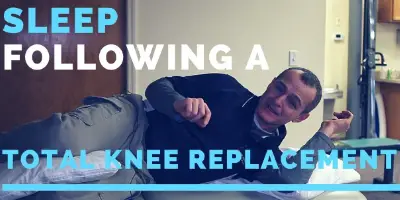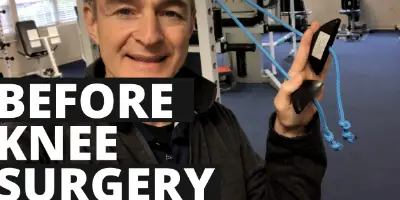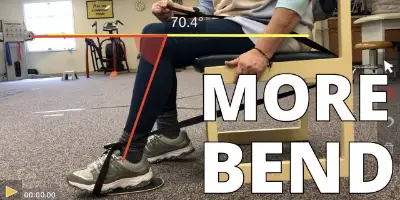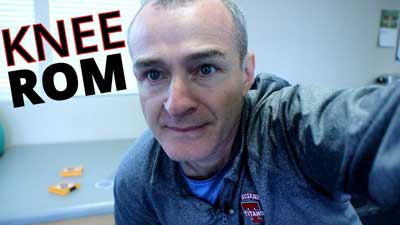KNEE PAIN – Why Does My Total Knee Replacement Still Hurt So Much
Persistent Knee Pain After Total Knee Replacement Surgery
Pain is a highly complex human experience that cannot be easily explained by mechanical problems.
It is possible to have scar tissue without pain. It is possible to have limited range of motion without pain. It is even possible to have redness and swelling without pain.
But many of the patients I work with in my physical therapy clinic who are experiencing persistent pain after total knee replacement are experiencing all of these impairments AND pain.
What percent of total knee replacements are successful?
By several accounts nearly 20% of patients are not happy with the outcome of their total knee replacement. [1]
Why does my total knee replacement still hurt?
One of my favorite clinical studies reviewing different aspects of pain following a total knee replacement is The painful knee after total knee arthroplasty: evaluation and management. [2]
A list of the most common causes of pain:
- Infection
- Mechanical Instability
- Loosening of the component
- Periprosthetic fracture
- Anterior knee pain
- Overhang
- Non-Joint Causes:
- Soft tissue irritation
- Neuropathic pain
- Complex regional pain syndrome
In future updates to this article, I will be providing more details on the above conditions.
What is considered normal knee pain?
Many of the patients I work with in my physical therapy clinic will ask “Is this normal?”
There is something calming about knowing the pain you feel is normal or common.
Normal Knee Pain After Joint Replacement Surgery
Normal knee pain would be characterized by soreness throughout the knee, thigh, and calf. It is often described as a 4 out of 10 increasing to a 7 out of 10 at the most.
Patients will report the first 24 hours after surgery feeling lower pain levels than compared to the next 48 to 72-hour. After 72 hours the pain levels should reduce to a more comfortable level.
Normal pain may increase with activity and normalize with rest. Normal pain often responds well to pain medication, icing, or moist heat.
What are Abnormal Pain Levels
Abnormal pain would be characterized by pain that increases throughout the day and doesn’t relent with pain medication, icing, or moist heat. High pain levels cause increased respiration rates, sweating, and signs of stress.
Abnormal pain may cause loss of appetite, nausea, and anxiety.
In these cases, it is important that the patient contact the surgical team for a possible change in pain medication or further medical assessment.
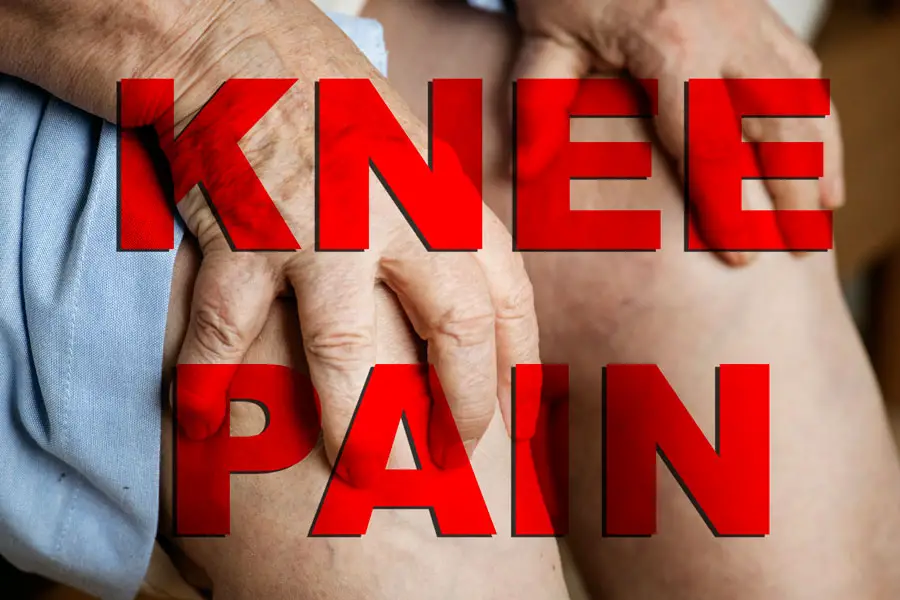
Infection After Total Knee Replacement
While it is true that an infection may also cause pain after a total knee replacement, an infection may also be present without pain. Some classic warning signs to watch for infection include:
- Excessive and worsening redness
- Seepage, drainage, or oozing
- Redness that progressively extends away from the knee
- Increased warmth at the knee
- Increased body temperature
If you or your therapist have reasons to suspect a possible infection, it is important that you contact your surgical team or go to your local emergency room for further medical assessment.
Mechanical Instability
There have been reported cases in which the prosthesis implanted during a total knee replacement surgery becomes unstable or the ligaments surrounding the knee become ruptured.
Mechanically instability is often associated with an unsafe feeling while walking to stepping on the surgical leg, but it isn’t often associated with pain in the knee joint.
A knee that has become mechanically unstable is loose and therefore patients do not feel the pain associated with knee stiffness.
Citations and Reference:
More Blog Posts …
Low cost minimalist shoes
Finding a low cost yet durable minimalist shoe can be challenging. Here is one that I have tested.
Best Minimalist Shoe In 2018 On Amazon – By A Physical Therapist
Minimalist shoes allow your foot to act like a foot. The ability for your toes to move, your arch to flex, and your whole lower kinetic chain to function is one of the main reasons to consider transitioning to a minimalist shoe.
Best Position To Sleep After A Total Knee Replacement
The best position to sleep in after a total knee replacement is flat on your back with a pillow under your heel.
This is because this position allows the knee to remain in full extension throughout the night.
If you are not experiencing difficulty achieving full knee extension you may prefer to sleep in other positions.
How To Use A Stationary Bike After A Total Knee Replacement
The upright stationary bike is a very common tool used in the rehabilitation of your total knee replacement. In many cases the upright stationary bike is preferred because it reduces the knee flexion requirements. In this video I show you some tips for using a stationary bike at home and turning a standard upright bike into a recumbent bike.
How to prepare for knee replacement surgery?
There is a lot you can do before your total knee replacement surgery to prepare. Step 1: Improve your cardiovascular fitness – your body will be dedicating much of its time and energy to repairing tissue. The better your heart and lungs are working the better your body can recovery. Step 2: Strengthen the rest of your body. While you are waiting on your knee surgery, you can strengthen the other 87% of your body. Step 3: Get your game face on. There will be plenty of mental and emotional challenges along the path to recovery. The better you prepare yourself to face these challenges the better you will be to overcome them.
Easiest Way To Increase Knee Bend At Home After A Total Knee Replacement Sitting – Real Patient
There are an infinite number of ways to bend your knee and all too often I see clients who have been told heel slides need to be completed while laying on your back. That simply isn’t the case. In this video I show you how to perform heel slides seated in a chair and using a strap to assist.
3 EASY Ways to Measure Knee Flexion at Home
Learn 3 easy ways to measure knee flexion at home.


